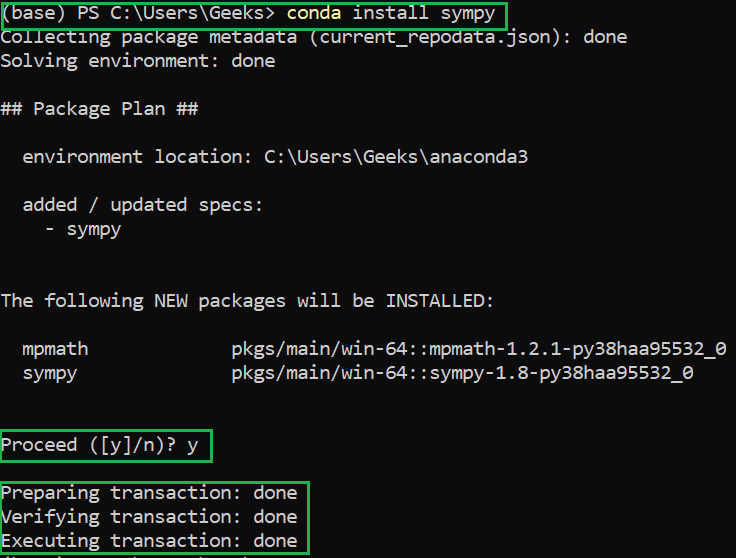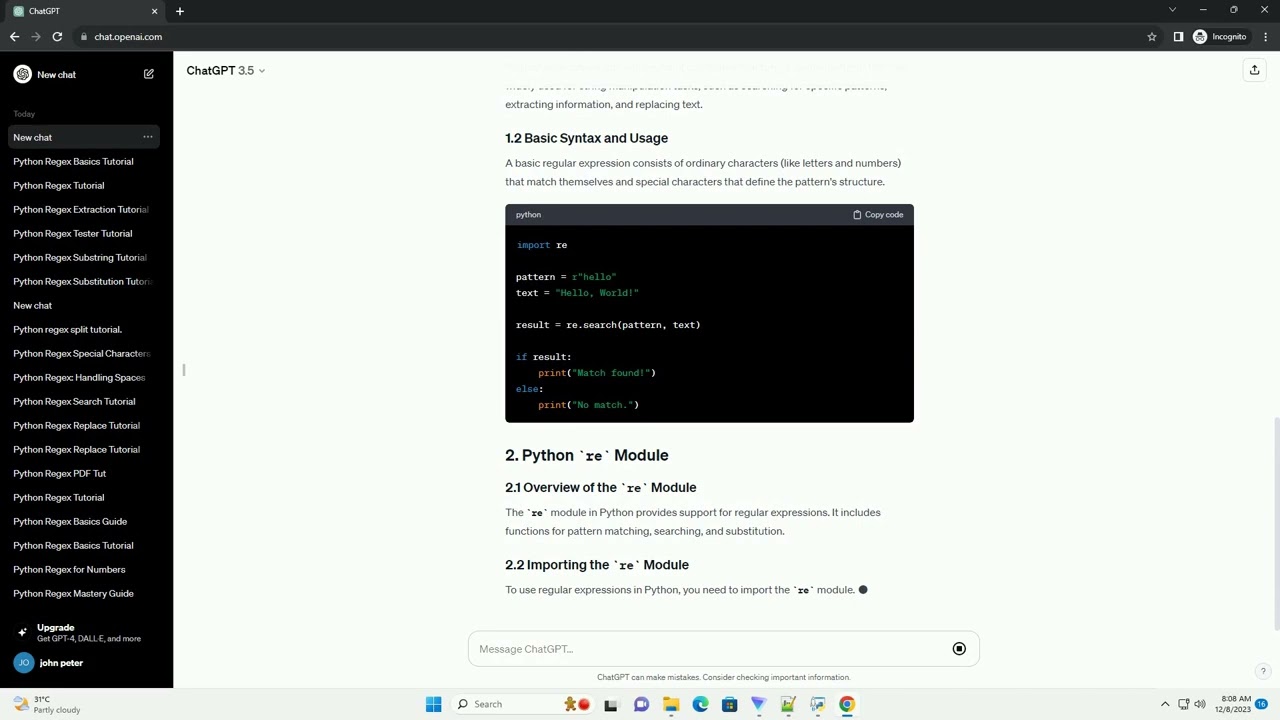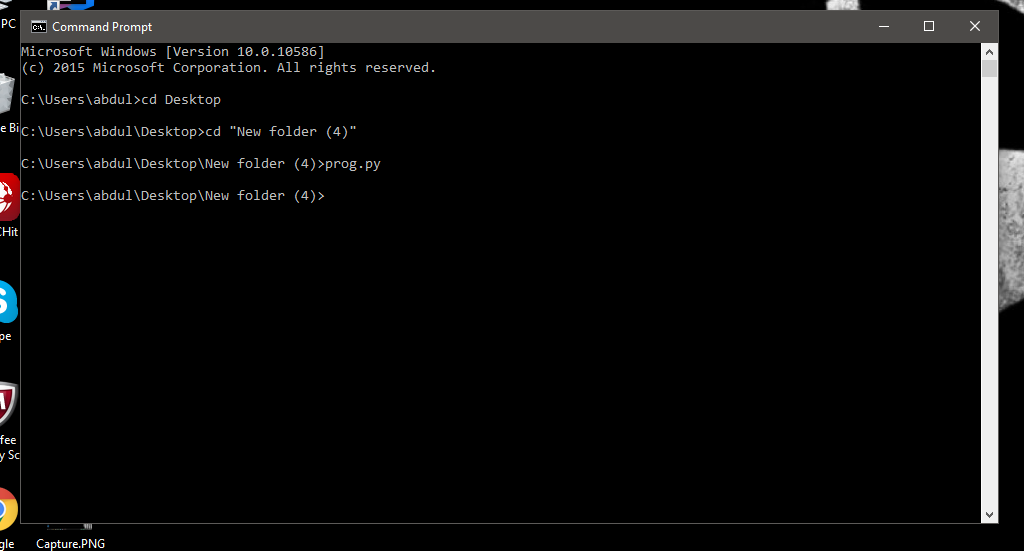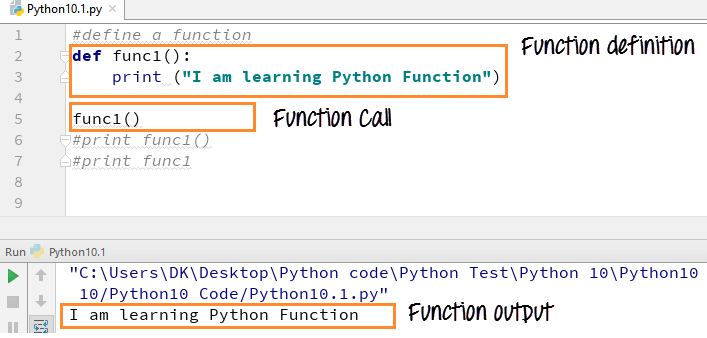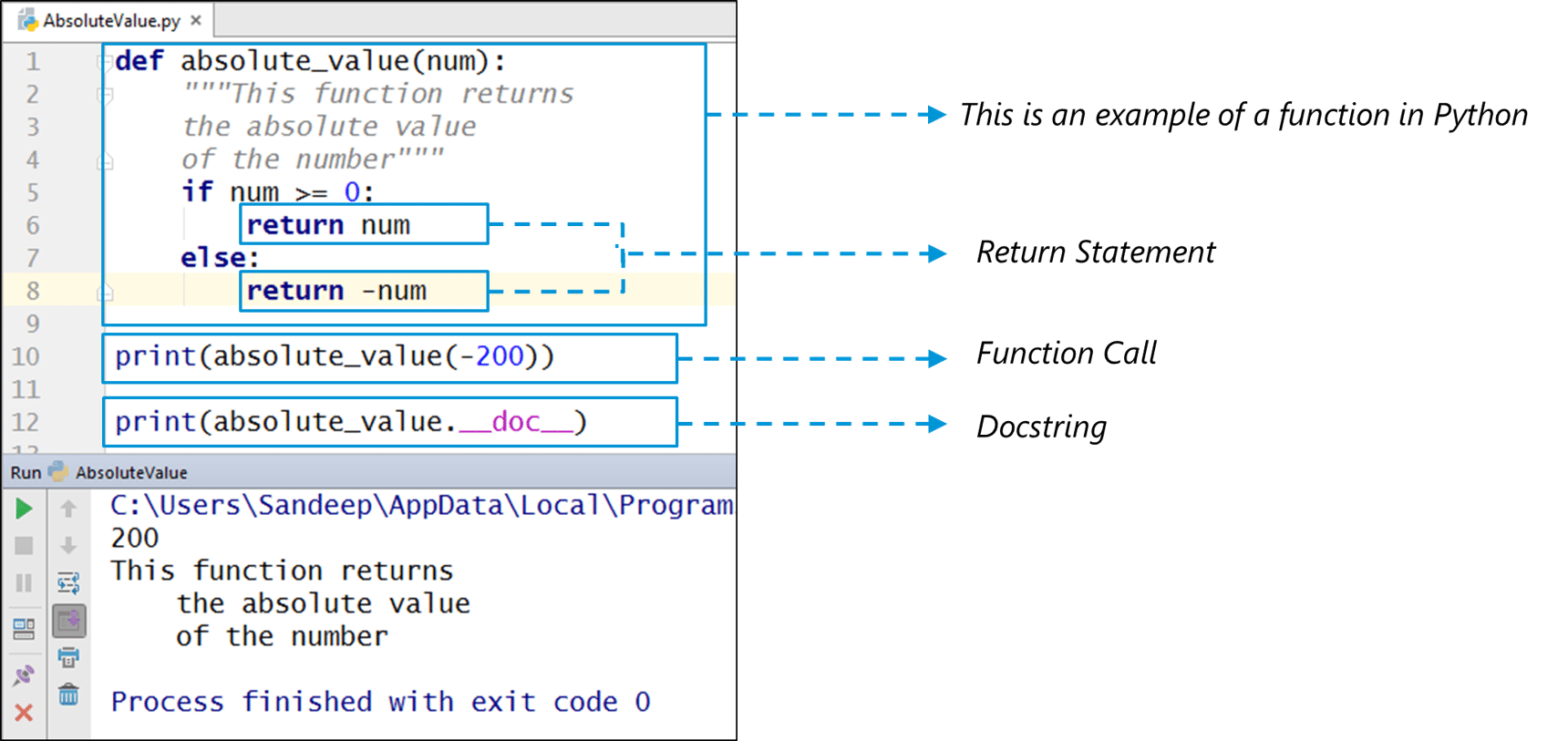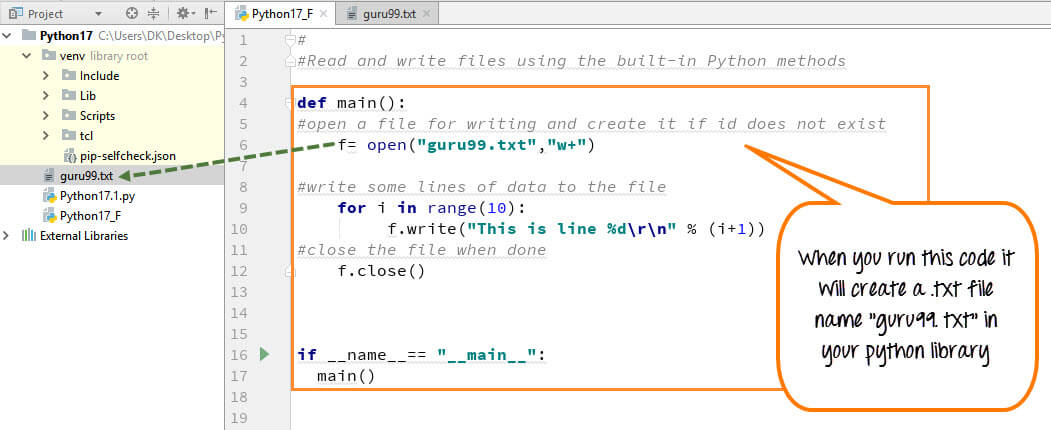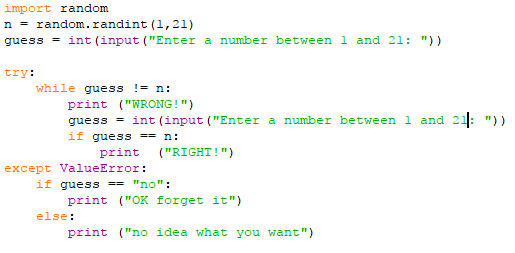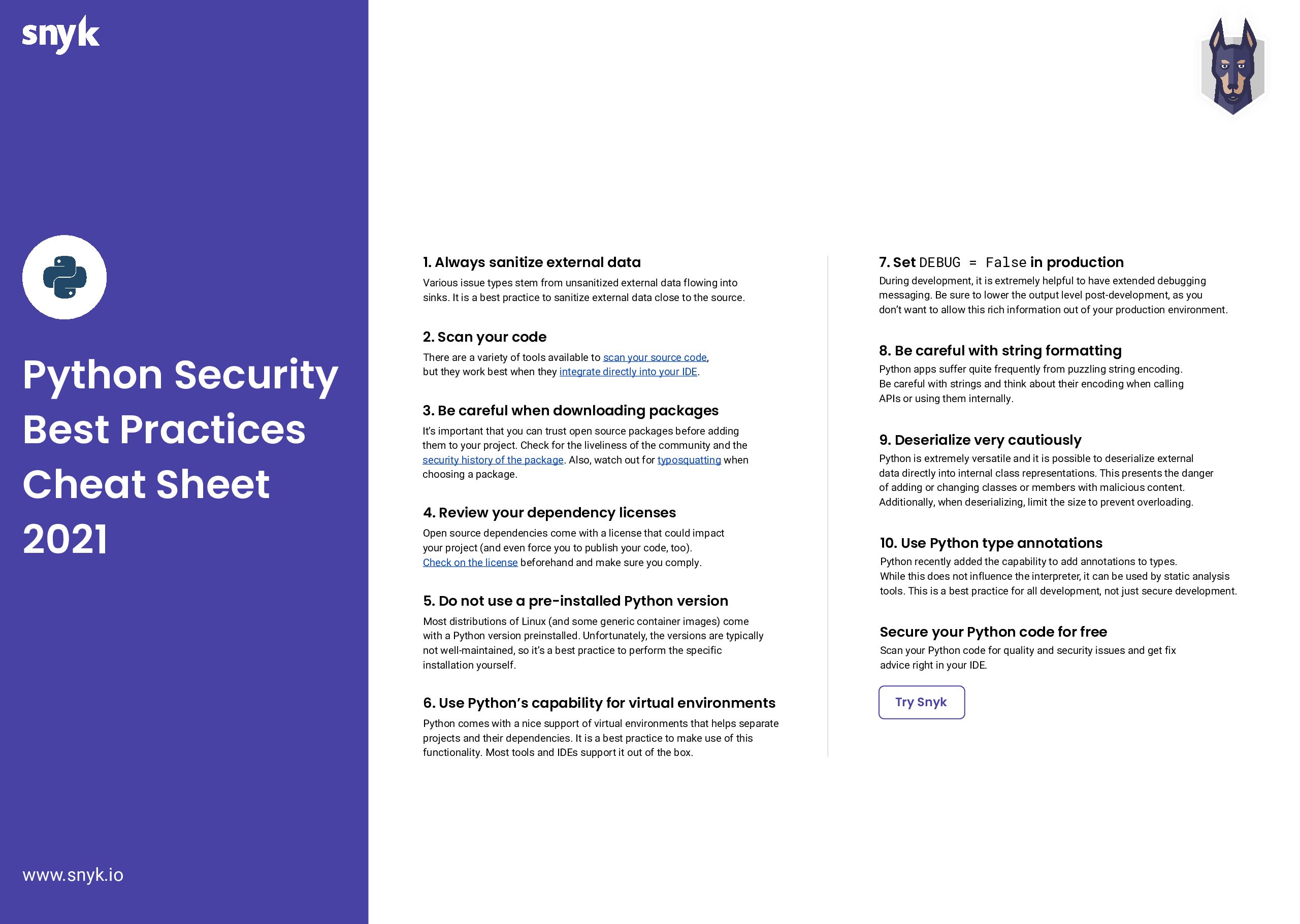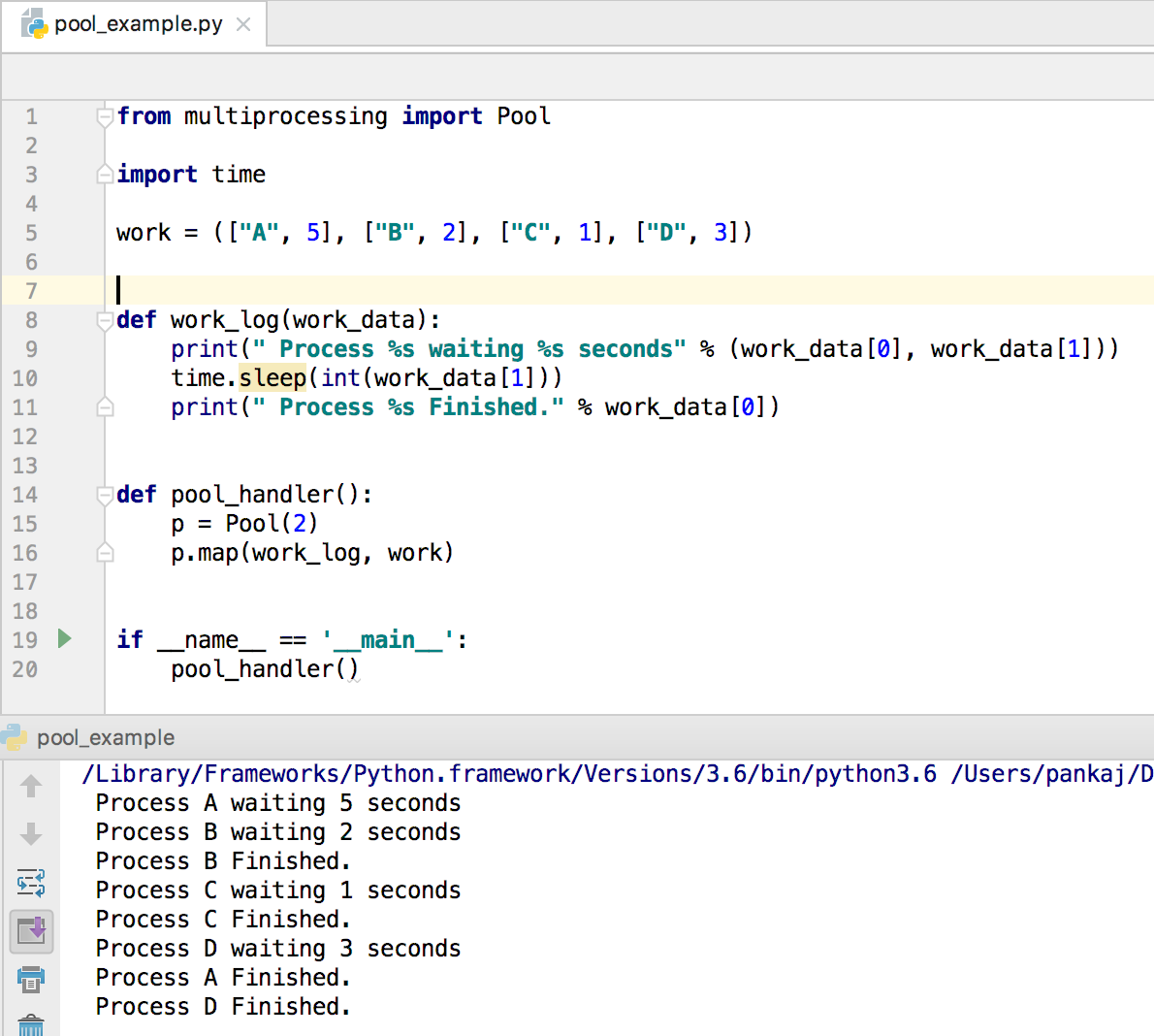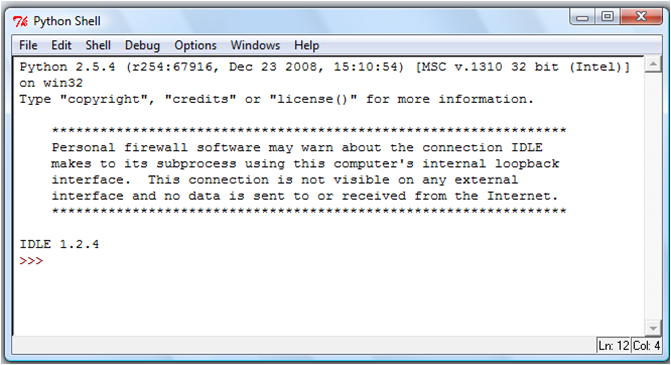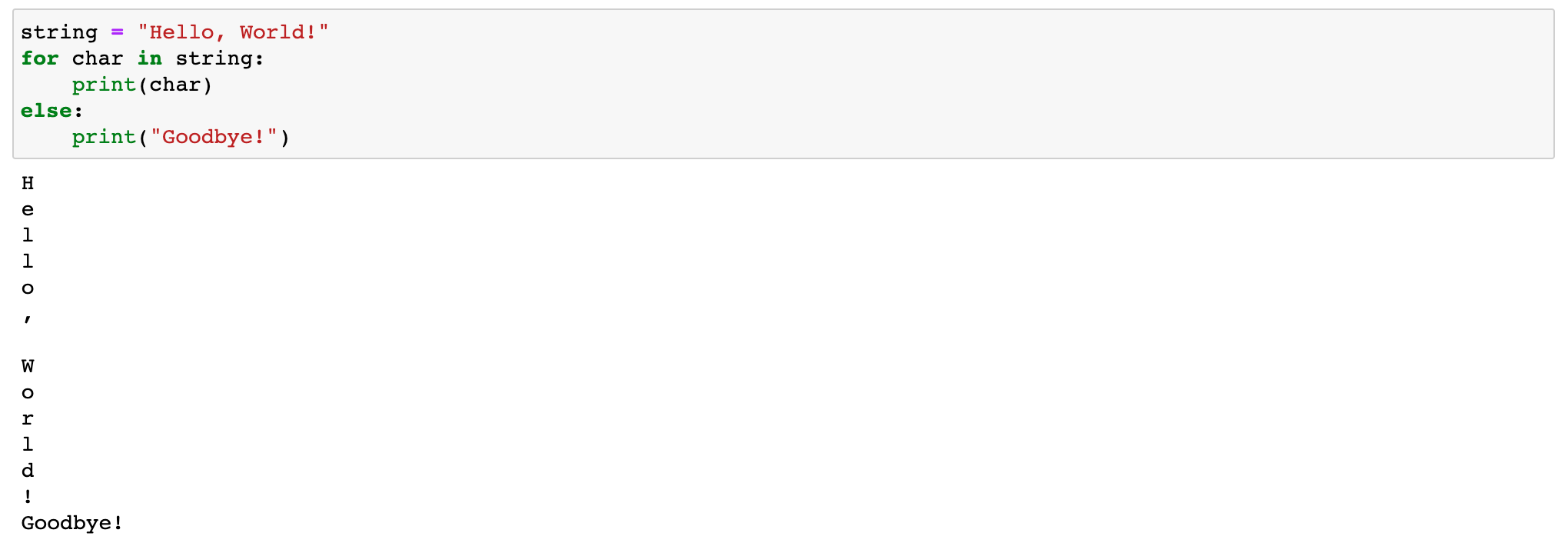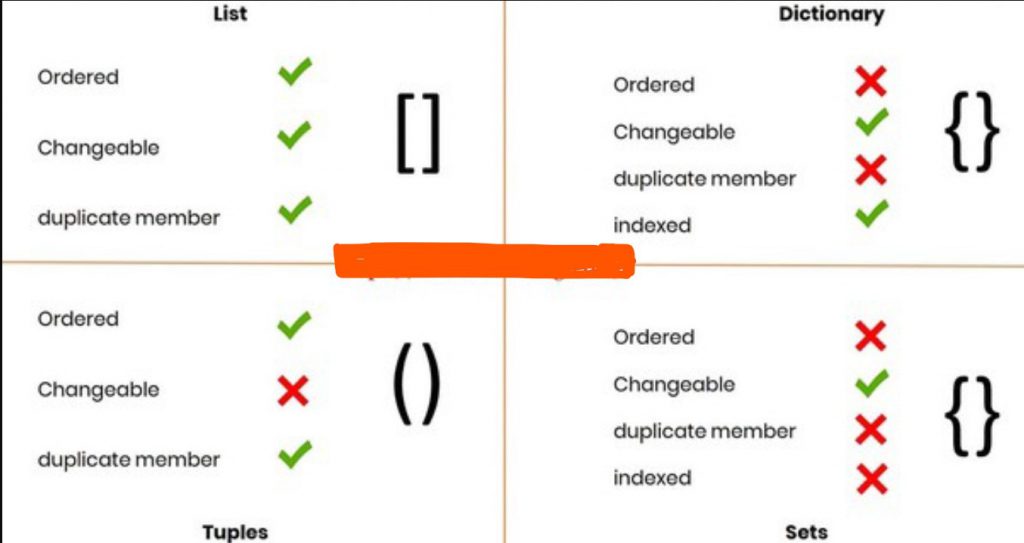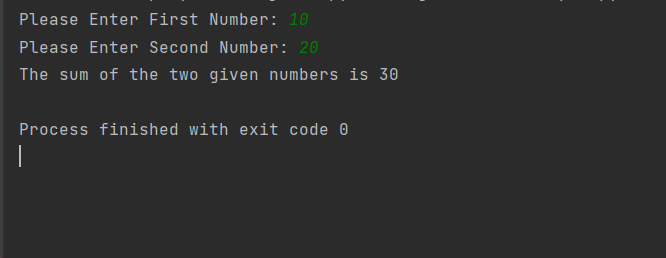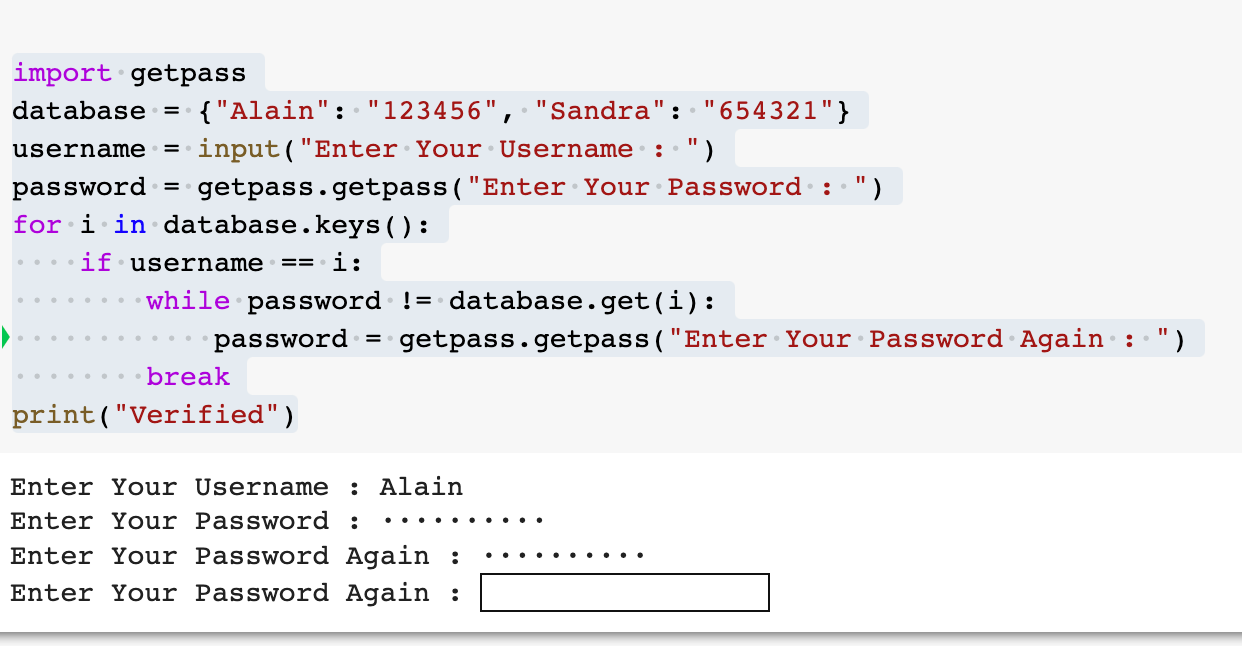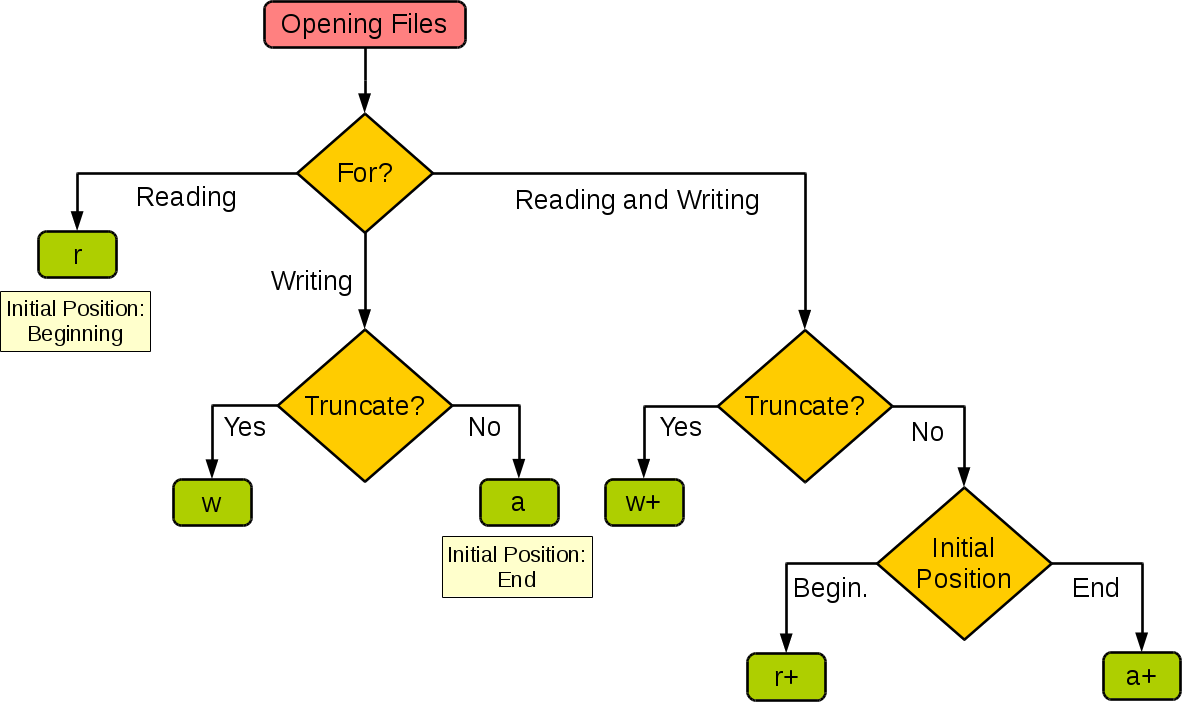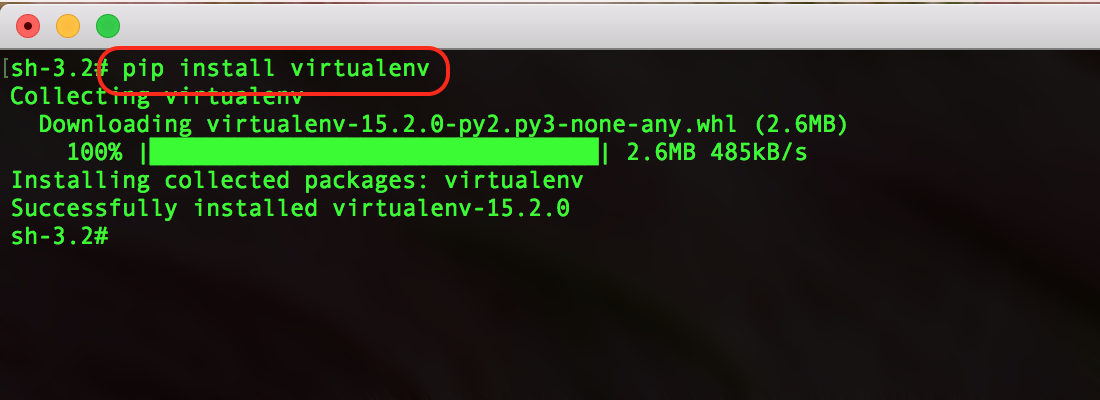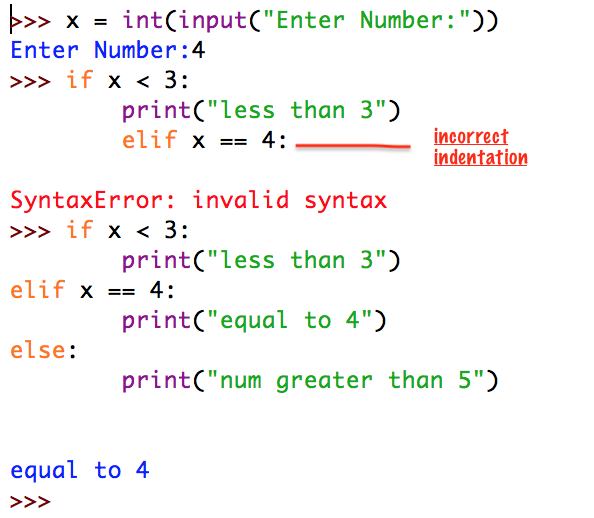Python anonymous functions examples
Python anonymous functions examples
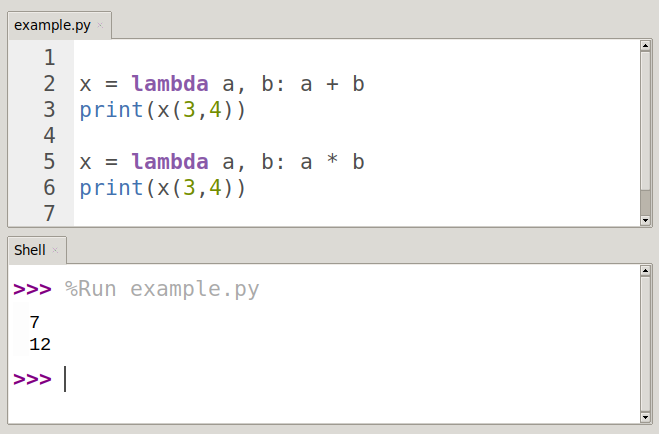
Python Anonymous Functions Examples!
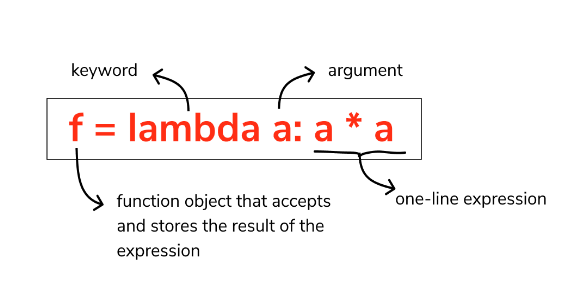
Anonymous functions are lambda functions without a name. They can simplify your code by avoiding the need to declare a separate function and assigning it to a variable.
Here's an example of using anonymous functions:
numbers = [1, 2, 3, 4, 5]
squared_numbers = list(map(lambda x: x ** 2, numbers))
print(squared_numbers) # Output: [1, 4, 9, 16, 25]
In this example, the anonymous function lambda x: x ** 2 is used as a mapping function to square each number in the list. The map() function applies this anonymous function to each element in the list and returns a new list with the results.
Here's another example:
numbers = [1, 2, 3, 4, 5]
even_numbers = list(filter(lambda x: x % 2 == 0, numbers))
print(even_numbers) # Output: [2, 4]
In this example, the anonymous function lambda x: x % 2 == 0 is used as a filtering function to find all even numbers in the list. The filter() function applies this anonymous function to each element in the list and returns an iterator over the elements that satisfy the condition.
Anonymous functions can also be used with the reduce() function from the functools module:
from functools import reduce
numbers = [1, 2, 3, 4, 5]
product = reduce(lambda x, y: x * y, numbers)
print(product) # Output: 120
In this example, the anonymous function lambda x, y: x * y is used to calculate the product of all elements in the list.
Anonymous functions can be used as event handlers:
import tkinter as tk
root = tk.Tk()
frame = tk.Frame(root)
frame.pack()
def handler():
print("Button clicked!")
button = tk.Button(frame, text="Click me!", command=lambda: handler())
button.pack()
root.mainloop()
In this example, the anonymous function lambda: handler() is used to define an event handler for a button. When the button is clicked, the handler() function is called.
These are just a few examples of how you can use anonymous functions in Python. They can be very useful in simplifying your code and making it more concise!
Lambda function in Python list
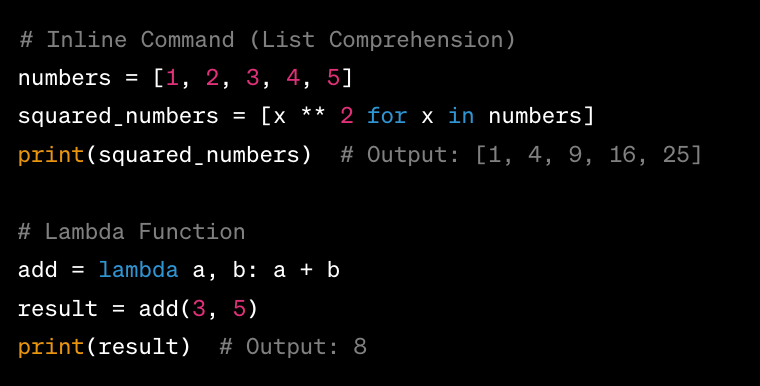
I'm glad you're interested in learning about lambda functions and their applications in Python!
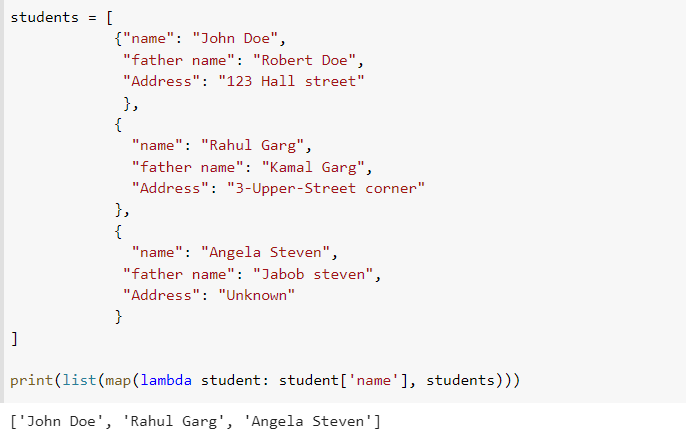
A lambda function, also known as an anonymous function, is a small, single-purpose function that can be defined inline within a larger program. It's often used when you need to create a simple, one-time-use function without assigning it a name.

The basic syntax of a lambda function in Python is:
lambda arguments: expression
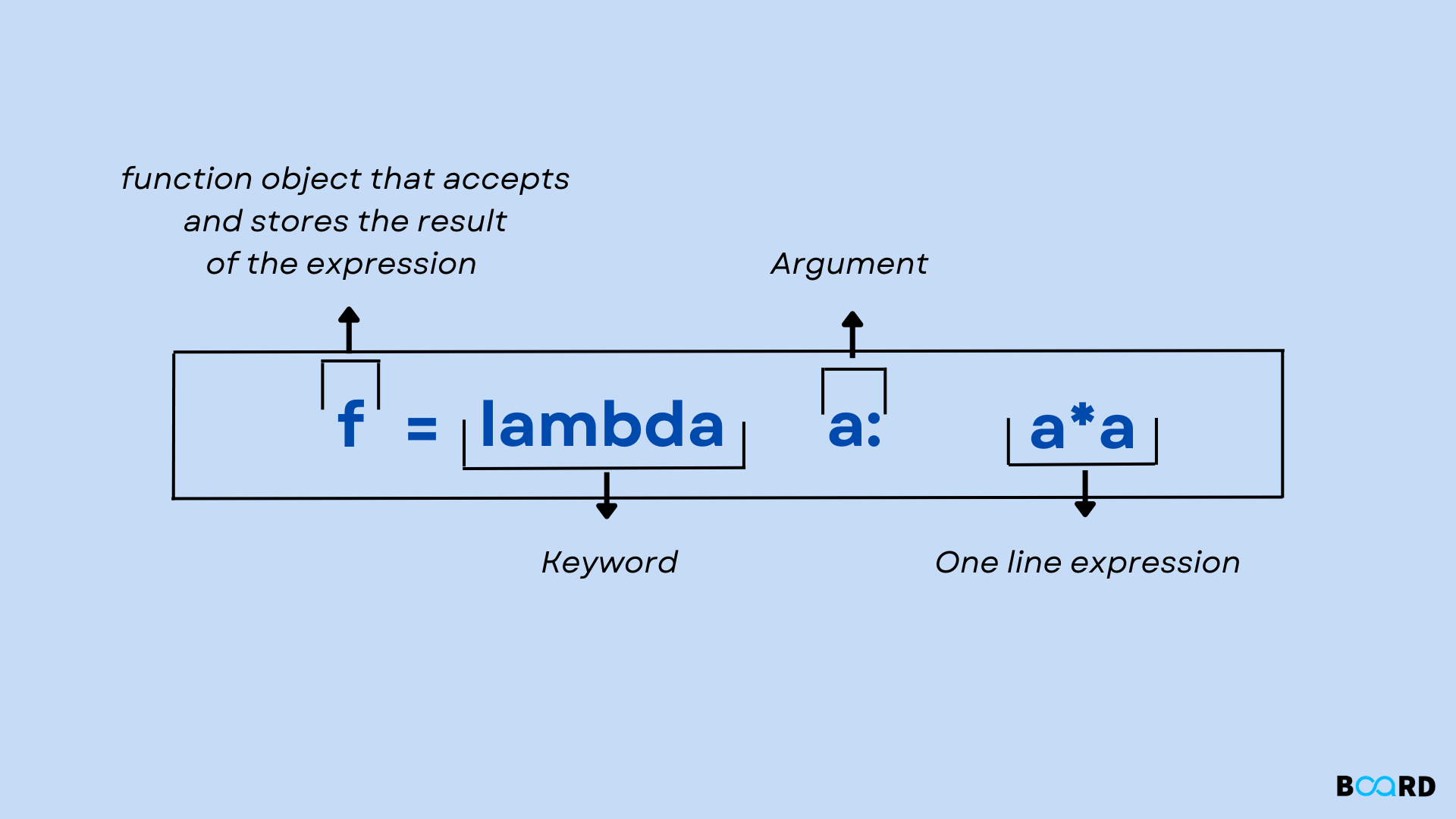
Here, arguments are the input values passed to the lambda function, and expression is the code that gets executed with those inputs.
Let's create a simple lambda function that takes two numbers as input and returns their sum:
sum_numbers = lambda x, y: x + y
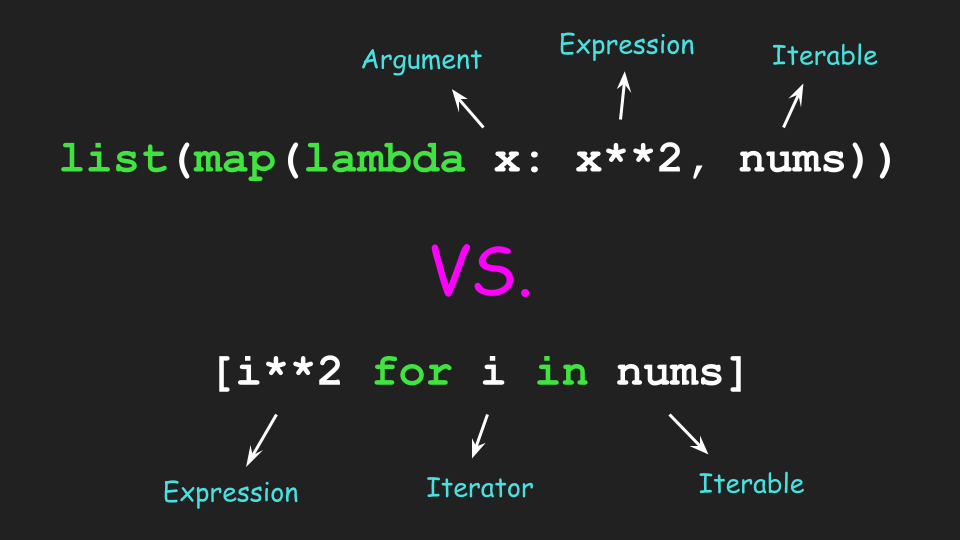
print(sum_numbers(3, 4)) # Output: 7
Now, let's see how we can use this lambda function in various contexts!
1. List Comprehension
A list comprehension is a concise way to create lists in Python. We can use a lambda function inside the list comprehension to transform each element:
numbers = [1, 2, 3, 4, 5]
squared_numbers = list(map(lambda x: x ** 2, numbers))
print(squared_numbers) # Output: [1, 4, 9, 16, 25]
2. Filtering
Lambda functions can also be used with the filter() function to filter out elements based on a condition:
numbers = [1, 2, 3, 4, 5, 6]
even_numbers = list(filter(lambda x: x % 2 == 0, numbers))
print(even_numbers) # Output: [2, 4, 6]
3. Sorting
We can use a lambda function as the key argument in the sort() method to sort a list based on a custom criteria:
fruits = ['apple', 'banana', 'cherry']
sorted_fruits = sorted(fruits, key=lambda x: len(x))
print(sorted_fruits) # Output: ['apple', 'banana', 'cherry']
4. Higher-Order Functions
Lambda functions can also be passed as arguments to other higher-order functions (functions that take other functions as arguments):
numbers = [1, 2, 3, 4, 5]
double_numbers = list(map(lambda x: x * 2, numbers))
print(double_numbers) # Output: [2, 4, 6, 8, 10]
These examples demonstrate how lambda functions can be used in various contexts within Python programming. Lambda functions are particularly useful when you need a quick, one-time-use function without assigning it a name.
I hope this helps! Do you have any specific questions about using lambda functions or would you like me to elaborate on these topics?


